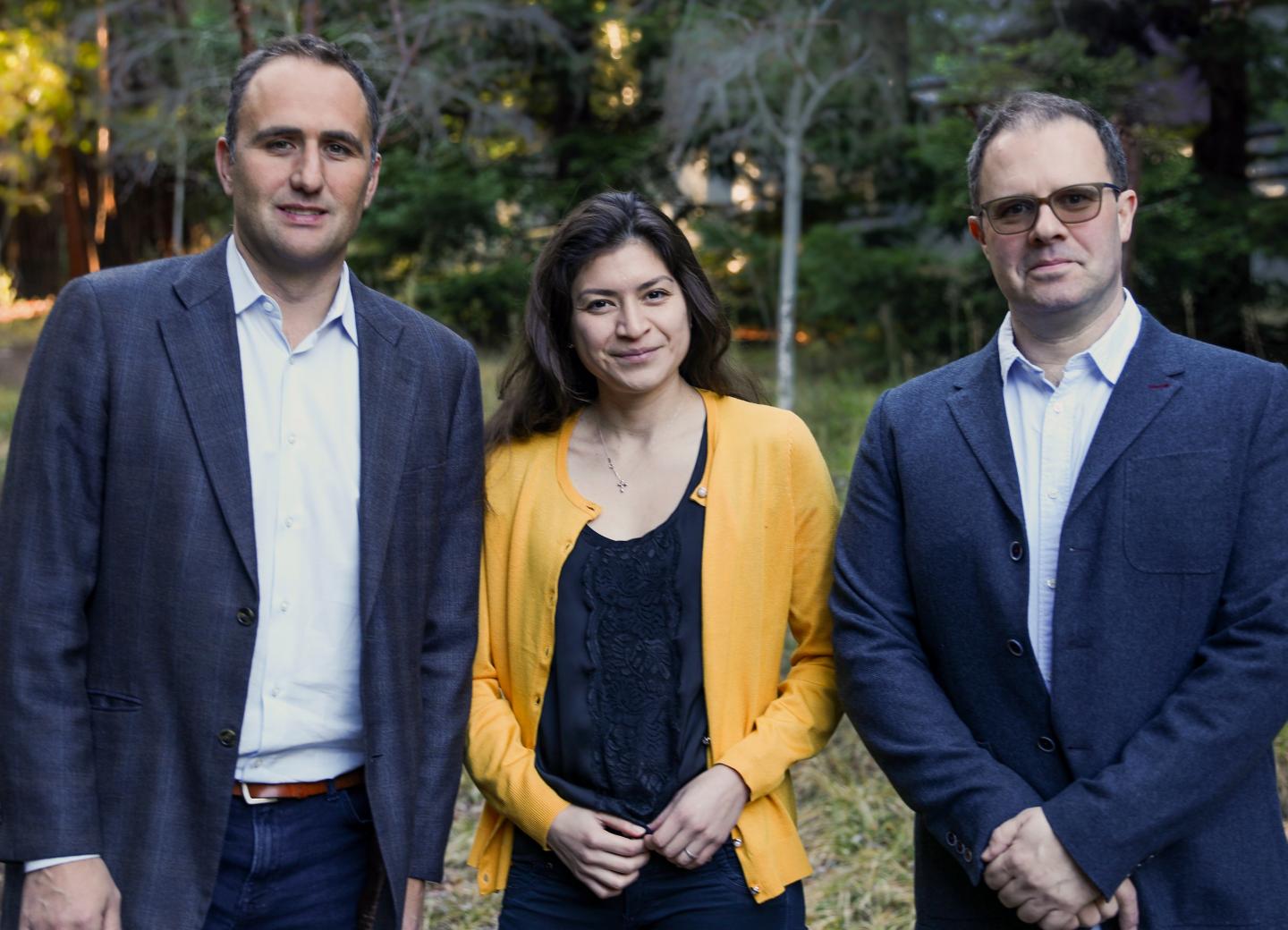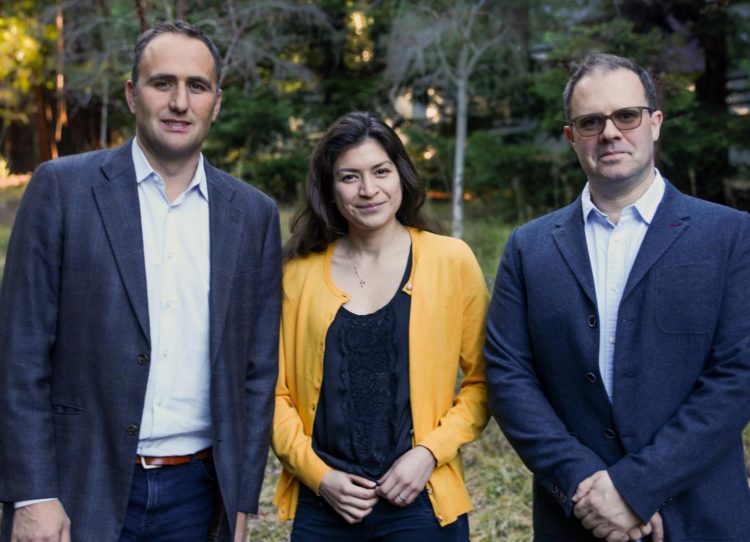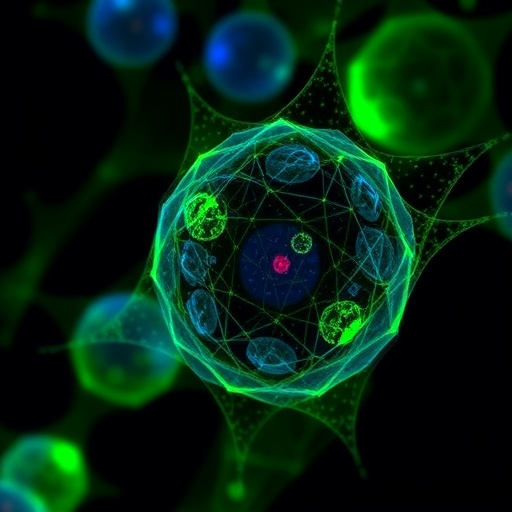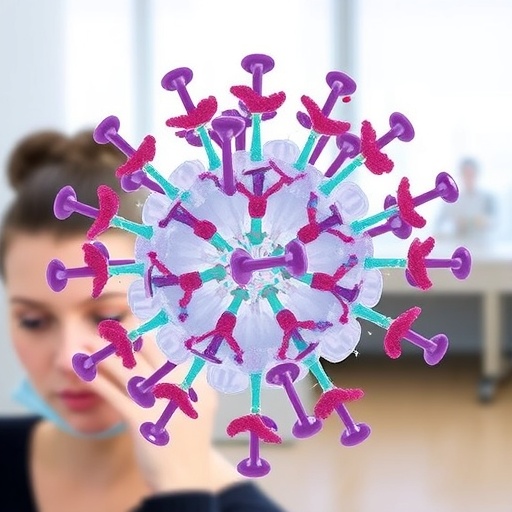With up to $16 million in funding from DARPA, UC Santa Cruz engineers will work with doctors and scientists at UC Davis and Tufts University to develop bioelectronic intelligent control of wound regeneration

Credit: James McGirk/UC Santa Cruz
UC Santa Cruz will lead a collaborative project to develop innovative technology for improving the healing of serious wounds, funded by a contract worth up to $16 million from the Defense Advanced Research Projects Agency (DARPA).
The UCSC team, working with doctors and scientists at UC Davis and Tufts University, will use a combination of approaches involving bioelectronic devices, machine learning, and regenerative medicine in an effort to achieve precise control over the physiological processes involved in wound healing.
Hard-to-heal wounds, such as blast wounds from explosions, are a major problem for soldiers and veterans, and chronic wounds such as diabetic ulcers afflict large numbers of patients. In the United States, Medicare costs for wounds amount to over $28 billion annually, according to a recent study.
Principal investigator Marco Rolandi, associate professor and chair of electrical and computer engineering in UCSC’s Baskin School of Engineering, said the new project will bring together his lab’s previous work in bioelectronics (the integration of electronic devices and materials with biological systems) and his collaborators’ expertise in regenerative medicine and wound healing. Their goal is to cut wound healing time in half with an intelligent system that both stimulates and monitors the wound.
The idea is to use a flexible bioelectronic bandage to deliver ions to control the electrochemical environment of the wound, as well as small molecules and growth factors to promote healing, while at the same time monitoring the physiological processes in the wound using optical sensors. An artificial intelligence (AI) system will take input from the sensors, assess the state of the wound, and deliver appropriate stimuli to speed the healing process. The device will also give doctors a user-friendly interface for remote sensing of the wound status and a menu of therapeutic options.
“What’s unique about this project is we want to close the loop between sensing and stimulating, so that there is feedback between the wound and the intelligent bandage,” Rolandi said.
Marcella Gomez, an assistant professor of applied mathematics with expertise in feedback systems and synthetic biology, will play a key role in the project, developing a data-driven wound healing model and algorithms for closed-loop feedback control.
Other members of the UCSC team include Mircea Teodorescu, an associate professor of electrical and computer engineering with expertise in bioengineering and robotics, and Alexander Sher, associate professor of physics, who studies neural networks in the retina using microelectrode arrays.
“This collaboration, which brings together the work of engineers, scientists, and medical doctors to solve an important problem, is a wonderful example of the creativity that comes of interdisciplinary research,” said Baskin School of Engineering dean Alexander Wolf.
The collaboration developed when Michael Levin, a professor of biology and director of the Allen Discovery Center at Tufts University, contacted Rolandi after reading a review article Rolandi had written in Advanced Science. Levin has expertise in both artificial intelligence and developmental biology, and his lab has done pioneering work on how cells in the body form bioelectric networks that guide developmental and regenerative processes.
Bringing clinical expertise to the project are collaborators at UC Davis led by Dr. Min Zhao and Dr. Roslyn Rivka Isseroff. Dr. Isseroff, a professor of dermatology at UC Davis with research interests around tissue repair and regeneration, has decades of experience treating wounds and directs a wound healing clinic for the VA Northern California Health Care System. Dr. Zhao also studies wound healing and has done important work on the role of neural signaling in regeneration and the use of bioelectric controls to stimulate nerve growth.
“It’s an interdisciplinary team with expertise ranging from bioelectronic devices and machine learning to clinical medicine,” Rolandi said. “Wound healing problems affect many people, from veterans and firefighters to people with chronic diabetic ulcers, so it’s important to develop a new strategy to improve the treatment of hard-to-heal wounds.”
###
Media Contact
Tim Stephens
[email protected]
831-459-4352





